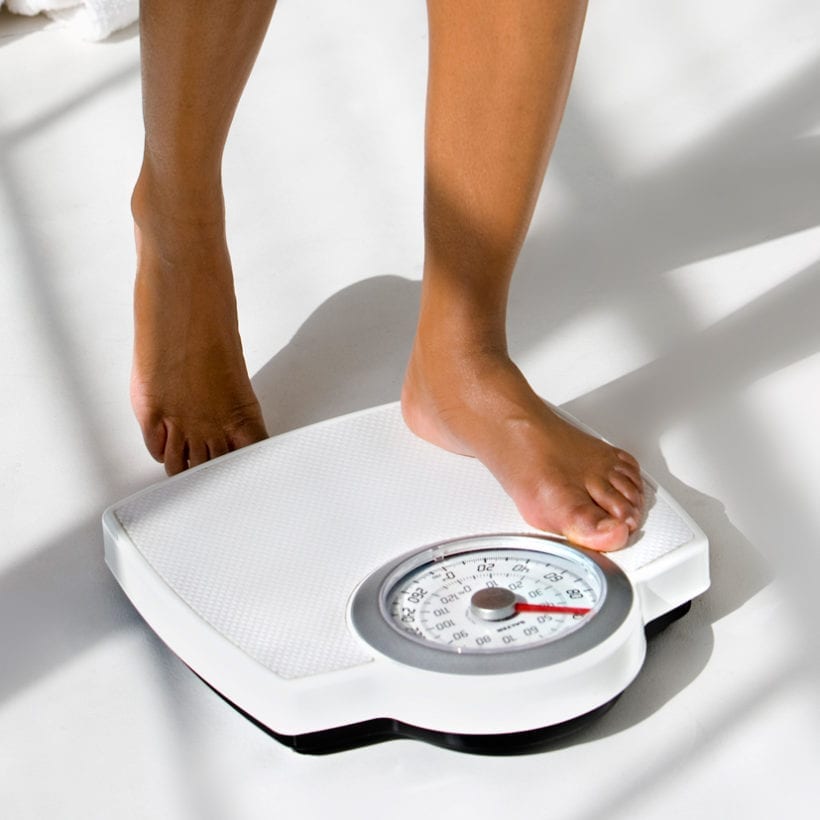Sometimes it is best to take a break. Millennials have been dubbed a generation of overachievers. And as they strive for perfection in everything they do — I am including myself in this pronoun — their collective obsession has all but smothered the real goals in the ‘achievement’ portion. This is seen in how an obsession with productivity has led to burnout, and an obsession with healthy eating has led to a rise in orthorexia nervosa, and in that same vein, an obsession with fitness leads to overtraining.
But if you are not allowing your body enough time to recover, are you actually meeting your fitness goals? Overtraining syndrome occurs frequently when people train their bodies beyond its ability to recover with the — may we say ironic? — the goal of improvement. However, without proper rest and recovery, all fitness goals can backfire, leading to injury and decreased performance.
How Do You Know if You are Overtraining?
“Overtraining syndrome (OTS) is a response to excessive exercise without adequate rest, resulting in altering multiple body systems: neurologic, endocrinologic and immunologic,” says Roger Adams, Ph.D., personal trainer, doctor of nutrition and owner of eatrightfitness. Overtraining can sneak up on you, but the most common symptoms of overtraining are irregular sleep patterns, dark colored urine, a constant state of fatigue, nagging injuries, decreased performance, increased perceived effort for workouts (what should be easy is a lot harder than normal), and an elevated resting heart rate.
Overtraining syndrome occurs frequently when people train their bodies beyond its ability to recover with the goal of improvement.
“Just remember the golden rule: muscles need rest to get stronger, and when you exert them, you cause micro tears that help them get stronger, but they also need that rest just as much as the workout to get stronger and meet your fitness goals,” says Chris Ryan, C.S.C.S and founder of Chris Ryan Fitness. “You can hurt your fitness goals by not reaching your true potential via decreased performance or getting injured, neither of which is a worthwhile sacrifice for all your hard training.”
And while working out multiple times a day might seem like the obvious culprit contributing to overtraining, trainers say it can be useful for some people and not for others. Usually, top athletes work out multiple times to break up their training efforts and maximize rest or work on different training needs, like a strength training session in the morning, and a run in the evening. But for most people, working out multiple times a day can be a thin line to march down. “The times I have to caution clients about multiple workouts is when I notice them doing too much cardio or exercise that burns a lot of calories and not refueling enough between sessions,” says Adams. But if done properly and recovery nutrition is done between workouts (more on that below), it can be beneficial.
How Can You Prevent Overtraining?
Training Diary. Keeping a training diary is a great way to monitor how you feel before and after workouts, as well as logging the workouts themselves. “Wearing a heart rate monitor and getting a baseline heart rate zone as well as your resting heart rate, will be a great help to working quantitative measures into the mix.” Ryan’s biggest advice is to start slow and realize you should build a solid foundation built on sound movement patterns first and foremost. “Then add load and intensity to your workouts safely and incrementally. And when in doubt, take a rest day,” he adds. “I advise beginners to have one or two rest days per week, usually strategically placed the day after a more intense or longer workout.”
Recovery Time. Trainers advise a full rest day after a grueling workout, or an active rest day of easy, low-impact cardio exercise. “If performing resistance training, you definitely need a day or two off before you train that body part again,” says Adams. “You don’t want to train the same body part on consecutive days due to risk of injury and simply not allowing the body to recover.”

Now, when you are going at maximum effort, you could need anything from 24-48 hours to recover. “If you find yourself extremely sore after a hard workout for more than 24-48 hours, then odds are you pushed yourself a little too hard and continued workouts like that may lead to overtraining,” says Ryan. “Rather than stop working out altogether, taking a light aquatic class, yoga or running will do wonders to help break up lactic acid.”
Sleep. Sleep is a vital component of recovery, and when training at the gym, you should sleep soundly and wake up feeling refreshed. “If you have intermittent sleep patterns and/or a lack of sleep, then you may be overtraining,” says Ryan. “Listen to your body; you should wake up with some muscle soreness that should go away within 24 hours, but definitely not joint or ligament soreness in any way.”
Cross-Train. If you have the time to split your workouts, Adams says that it is best to try to separate your strength training from your cardio work. That means doing things like weights or Pilates one day, and cardio running, swimming or cycling in a different day. “Cross-training ensures you are developing your entire body throughout many different types of movement,” says Adams. “This helps joints and muscles adapt to many stressors and will prevent injury down the road.”

Cross-training can prevent overtraining by keeping your body moving to break up lactic acid build-up, and also strengthen and lengthen muscles in different ways and motions (loads and tensions). “For example, if you strength train heavy on Monday, try a yoga class on Tuesday,” says Ryan. “Or if you are a distance runner and hit a long run of hard intervals on Monday, try for deep water pool running or swimming on Tuesday.”
Fuel. Adams stresses that one side of overtraining is depletion of your carbohydrate reserves, which can make continued training more difficult, and consequently make hitting your fitness goals even harder. If someone’s diet is too low on carbs to ensure performance, especially if doing a lot of aerobic workouts, then OTS may set in. “Another huge risk is the loss of muscle protein if the diet is not adequate to support the increase in energy expenditure. When beginning an exercise program, calories must increase to meet the needs of the body,” says Adams. “If this is inadequate, the body may start breaking down muscle protein to satisfy energy demands, which can lead to loss of lean tissue, injuries and prolonged soreness due to delayed recovery times.” Adams’s advice to prevent OTS is that if you are training heavily and experiencing too much soreness and delayed recovery, add more calories to your diet. “Individuals undergoing heavy endurance training should consume 10 grams of carbs per kilogram of body mass on a daily basis,” he says. “This amount would be appropriate for people in the later stages of marathon training and Iron Man triathlon training, for example.”
We only recommend products we have independently researched, tested, and loved. If you purchase a product found through our links, Sunday Edit may earn an affiliate commission.







